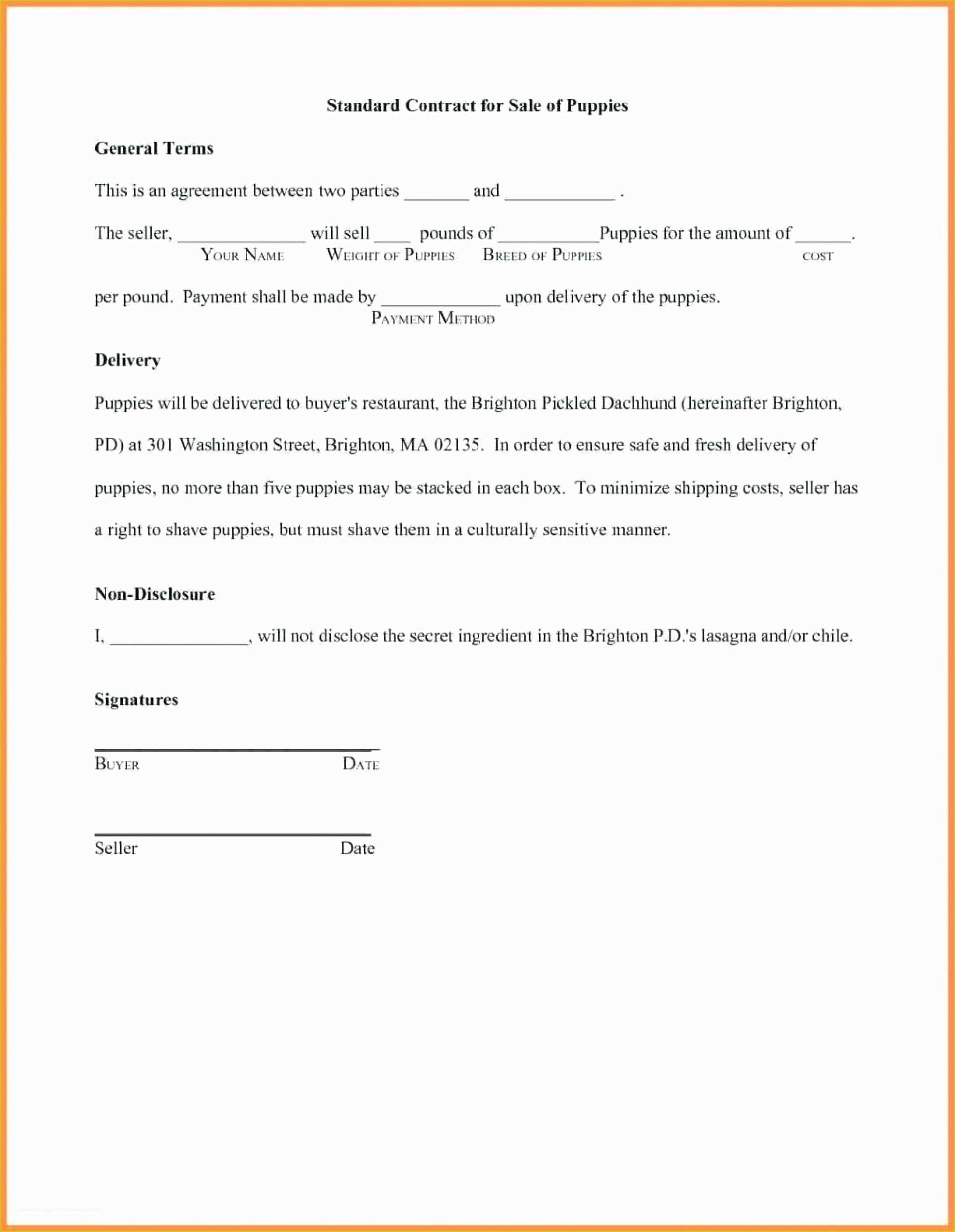
August 22, 2024
Exactly How To Improve Concrete Preserving Wall Drainage
Appropriate Water Drainage For Maintaining Walls Drainage pipelines, either perforated or solid, are utilized to handle water flow behind maintaining walls. Perforated pipelines permit water to get in and be guided away, while solid pipes transport water without allowing dirt to go into. Efficient preserving wall water drainage systems reduce this stress by allowing water to run away, maintaining the wall surface's honesty and protecting against pricey repairs. Correct maintaining wall water drainage Additional reading is important for keeping the stability and long life of your preserving wall surface. Without adequate water drainage, water can accumulate behind the wall, raising stress and potentially creating architectural failing.Maintenance Tips:
4 innovations that can be part of India and Bangladesh’s flood defences - PreventionWeb
4 innovations that can be part of India and Bangladesh’s flood defences.
Posted: Thu, 29 Sep 2022 07:00:00 GMT [source]

Important Drain Solutions For Impermeable Walls
This type of wall surface can be efficient in damp atmospheres where water accumulation behind the wall surface is a problem. Permeable retaining wall surfaces can be created using a variety of materials, including interlocking blocks, natural stone, or gabion baskets. The style of the wall enables water to leak with the wall, decreasing the threat of water buildup and damage. Sometimes, the native dirt behind the maintaining wall surface might have poor water drainage characteristics. Implementing efficient water drainage services to resolve this is essential, which we'll discover later on in this overview. Backfilling with ideal materials, such as crushed rock or smashed rock, sustains drain pipelines and avoids dirt from clogging the system.- As formerly gone over, weep holes play an integral component in maintaining effective wall surface drain systems.
- Downspout extensions are simple yet effective options for routing rain far from your home's structure.
- Without sufficient water drainage, water can collect behind the wall, enhancing pressure and creating the timber to rot or warp.
- The honesty of maintaining walls is critically depending on reliable water drainage to prevent hydrostatic pressure build-up.
Does a 4 foot keeping wall surface need drain?
Any reinforced wall or walls over 4 ft. (1.2 m) in height or with slopes or other additional charges above the wall will certainly need a toe drainpipe. First, you can mount a perforated drain pipeline. This type of pipe is set up along the within or backfilled at the bottom of the wall surface.

Social Links